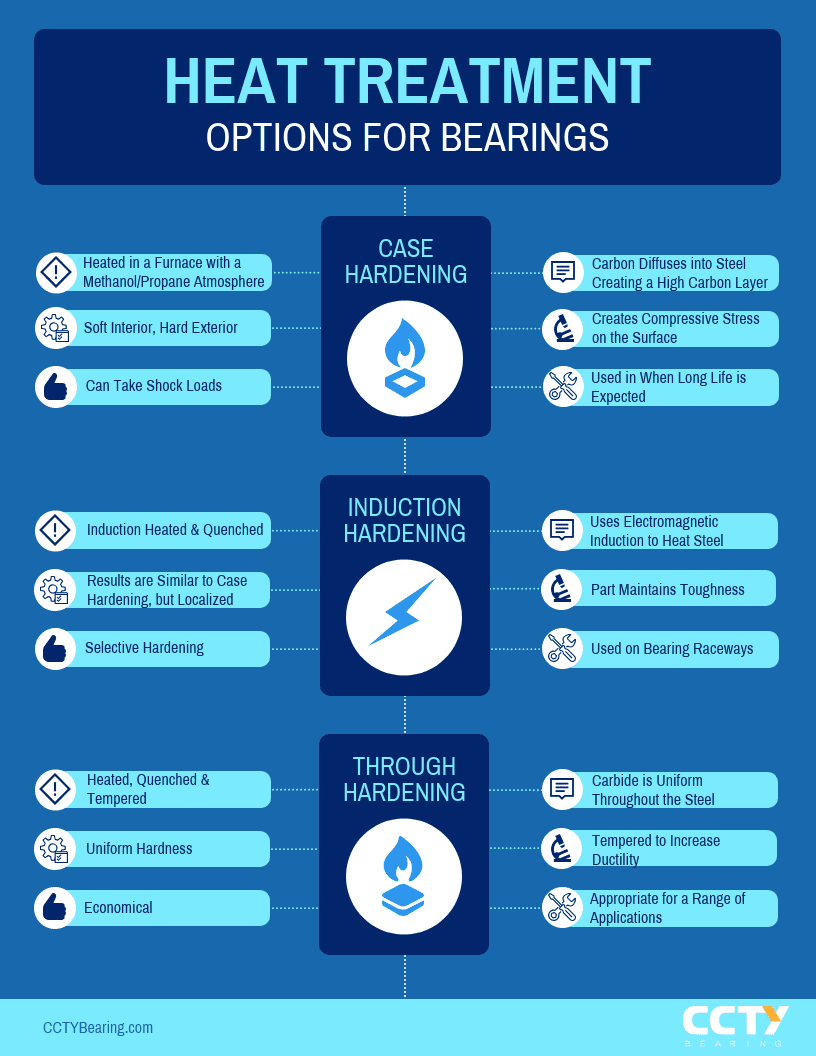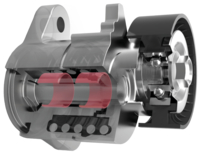- Seat bushings are found in reclining functions, suspension systems, seat mechanisms, armrests and seat headrests.
- OEMs look for bushings that have PTFE lining, a dry solid lubricant, to enable fluid motion and prevent noise.
- Cylindrical and flanged bushings are mainly used in seat bushing applications.
As the trend in automotive seats continues to evolve into intelligent, personalized and eco-friendly design, bushings will play a more active role in seat design.
Connected vehicles continually monitor all aspects of driver and passenger engagement. When we consider they ways we currently personalize driving experience, such as headrest height, recline angle and seat positioning, it is easy to see what developments will be automated based on individual drivers.
Bushing manufacturers are partnering with OEMs to design seat bushings to provide a lightweight solution that dampens vibration and eliminates noise, while aiding in overall comfort. Many automotive engineers look for bushings with a PTFE lining, which acts as a lubricant, to prevent noise and enable fluid motion.
Construction of Seat Bushings
Bushings found in seat applications are flanged and cylindrical. The flange bushing acts as a positive end stop to prevent the bushing from moving axially. A double flange secures the bushing so that it never slides out from the housing.
The length of the bushing is sized to the application. As with many bearings, they are fully customizable based on the design engineering specifications.
In addition to being RoHS compliant, most of these wrapped bushings have a straight joint that makes them affordable and versatile. They are steel backed and have a porous bronze and PTFE lining. The self-lubricating material results in low torque friction and excellent wear resistance, resulting in a quiet and long operational life.
The construction of a seat bushing makes it excel in dry application by managing load, speed and temperatures under environmental conditions.
Bottom Line
Seat bushings will play an ever increasing role in seat applications as cars become more connected. Look for them in front and rear seats, active head restraints/head rests, commercial vehicle seats and child safety seats.


